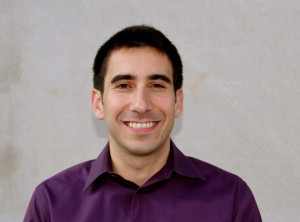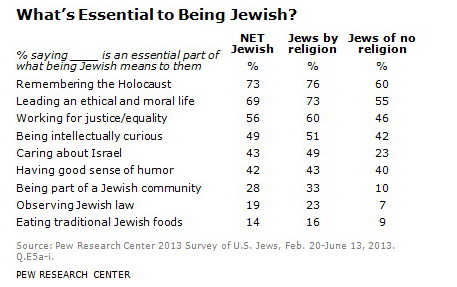I never had aspirations to write an article or book and have it published. I couldn’t even see it on my long-term horizon. But at a rabbis’ retreat in the 1990’s, in a session where we were asked to explore our dreams, I wrote the words, “I want to write a book.”
To this day, it’s still a mystery where this urge emanated from, but subsequently, I slowly began to own the possibility of authoring a book. I guess that was a shorthand way of intuiting that I had something within me to say that I needed to see in writing, although I was skeptical that anyone else would really care. While years passed before I published my first article, that session catapulted my unconscious thoughts into concrete realities.
Today, the tools of publishing have been democratized and are easily accessible to just about anyone who wants to be an author. But making the leap from teacher and preacher, to writer with a permanent record, can still be emotionally daunting. I asked my friend and co-editor of Keeping the Faith in Rabbinical Education, Ellie Roscher, to share her thoughts on making that transition. We’re doing so with the hope that rabbis who have a story to tell about their rabbinical education will feel empowered to finally liberate that story within them for our forthcoming publication or, for that matter, to share their wisdom and spirit with the world in a way that suits them.
And Ellie’s Advice….
“Let me live, love, and say it well in good sentences.” ~ Sylvia Plath
I have always loved writing. I was surprised, then, when it was time to publish my first blog post. My palms got sweaty. My heart started to race. I learned in that moment that writing to publish is vastly different than writing to write. It is shockingly vulnerable to send your work, what feels like your life out into the unknown abyss. There is no controlling who will read it and what they will think. But when my thoughts and stories inspire something completely unexpected in a stranger, something new is born. The text comes alive. And all the work– the notes, the word choice, the deleting, the doubt and research is all worth it. Here are a few simple tips to get you started:
1) Don’t try too hard to create a style. Your style is simply what you notice about the world. Pay attention and then write what you see and think about. Your style will emerge effortlessly from that.
2) Never sit down to a blank screen without an idea. Talk to friends about your idea until you can articulate it verbally with ease. Write sentences in your head while you are driving or walking. People tend to be braver about deleting bad sentences in their head than once they are typed out. If you have a few ideas and sentences in your head when you sit down to type, you may be more playful, and less nervous about writer’s block.
3) When output feels hard, change your input to output ratio. Read great books, listen to stimulating podcasts, take in nature, put on fantastic music, sip your favorite wine. Take in a ton of beauty and then try again.
4) Read your work aloud when you think it is finished. If a sentence sounds forced coming out of your mouth, it may read forced as well. If you can read your writing aloud without strain, that means it is clear, conversational, effective communication that is distinctly “you.” Great way to find typos and listen for rhythm that feels natural.
Writing is hard work, but it’s good work. Write to find out what you really think about something, to deepen your own self-reflection. Be unabashedly selfish in writing for your own self-improvement and for fun. Find the beauty of your story. Send it to one person you trust when you think it is ready. Listen to how the sentences feel in your mouth. Send it out into the world and see where it chooses to live. Let yourself be surprised and deeply proud of your courage.

 Daniel Chiat,
Daniel Chiat, 


